Hello this is more general question. I am writing program that will provide visualization of air traffic forecasts. I have a polygon made of few GPS x,y coordinates and I also have dataset of points that are in that polygon and It would look like this.

My task now is to generate new points in that polygon but in a way that those new points will be distributed ,,evenly,, I mean it in a way that I would like those new points generated in those empty areas of that polygon. Here is a picture of what I had in mind. New points are represented as blue points.

I was told this task should be done by clustering, I learned what clustering does with datasets and how it works kinda. However I am unable apply that on my problem, I just cant wrap that around my head. So my question is: Would this be possible to do through clustering, through k-means or DBSCAN or other method? I already tried some basic stuff, but I cant do it, so I just wanted to ask generally If I can even do it through clustering or if I should just use some other function for this.
